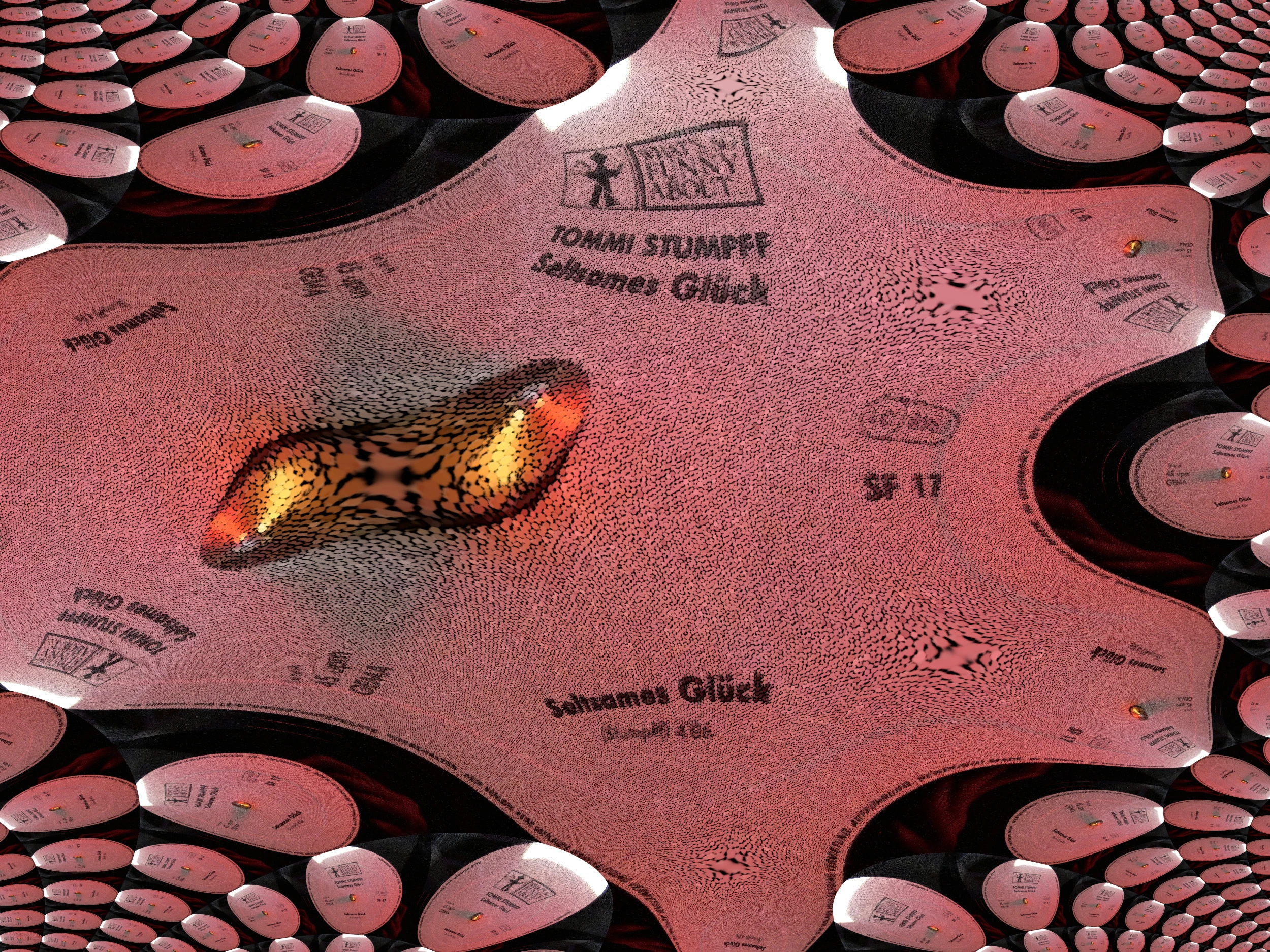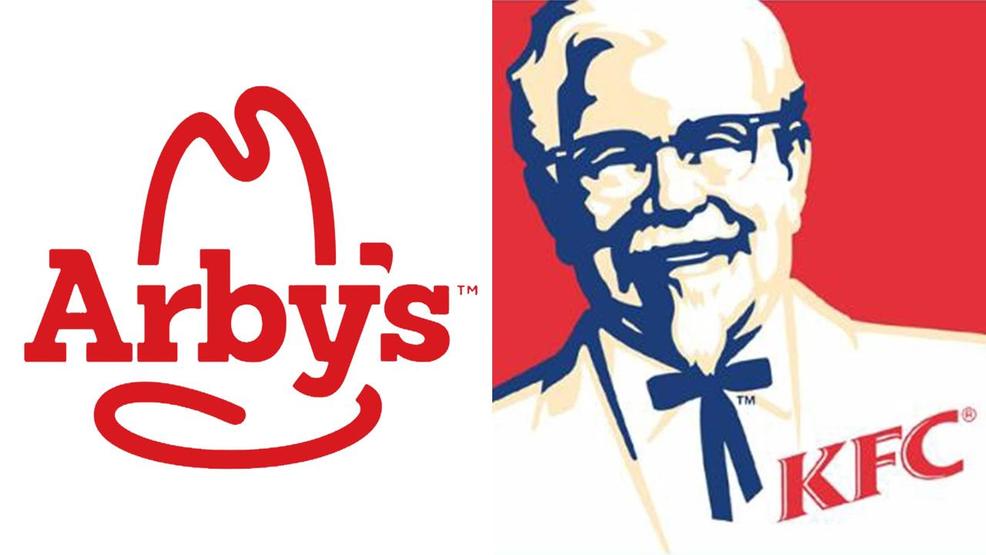#kfc
Green Book

https://img-9gag-fun.9cache.com/photo/aQz1Xwd_460svav1.mp4
3:03 min video
#greenbook #KFC https://www.imdb.com/title/tt6966692/
"Le premier restaurant #KFC en Algérie, ouvert en grande pompe il y a à peine 48 heures, a été contraint de fermer ses portes sur ordre des autorités locales. Le restaurant a été la cible de vives critiques sur les réseaux sociaux, aboutissant à des sit-in et des appels au #boycott." #Gaza #Génocide

Israeli warplanes have just bombed a #UNRWA #school in àAssaftawi, north of #Gaza, killing at least 20 Palestinians taking shelter.
It's just getting too depressing watching the world stand idle by these atrocities.
The other day I passed the #KFC in #Cannes and it was full of people. No sign of #boycott here. Same with McDonalds and Burger King.
#SaveGaza #StopIsrael #BDS
#palestine #Israel #Politics #PeaceNow #StopTheWar #CeasefireNow

Tommi Stumpff - Seltsames Glück (1991)
https://www.youtube.com/watch?v=VDIcLpsbG88
Als das #Album von "der KFC - ...letzte Hoffnung" rauskam war ich 14/15 und mitten in der Rebellion. Die Platte habe ich sehr geliebt und schätze sie auch heute noch sehr. Ich mochte/mag ebenfalls die späteren Solo-Sachen von #Tommi-Stumpff. Sehr empfehlenswert! Nun ist Tommi im Alter von 65 Jahren verstorben. Ein späterer #Song von ihm heißt: "Mich kriegt ihr nicht" Und sie haben ihn nie bekommen! Danke Tommi. <3
#TommiStumpff #RIP #Electropunk #EBM #Electronic #Der-KFC #KFC #Punk #Punkrock #Photo #MyPhoto #Gimp #MyWork #Music #Musik #Musique #YouTube #Video #Wikipedia ☮️
Capitalism in under 2 Minute Video

https://va.media.tumblr.com/tumblr_rxonfqErti1woqmtv.mp4
1:55 min video
#capitalism #KFC #arbys #usa #healthsystem

Mes conseils personnels pour un mode de vie urbain plus écologique et pérenne :
- se rappeler que l'eau abondante du robinet n'est pas intarissable et qu'une fois souillée par la #douche ou la #vaisselle, elle peut toujours servir de chasse d'eau, à laver la voiture, et arroser les plantes
- #chauffer moins en #hiver mais avec régularité. Chaque degré en moins au radiateur où d' #eau de douche fait de nous des héros de + en + résistants au froid
- considérer chaque #achat et chaque possession individuelle comme un #trésor de précieux savoir-faire (ce que c'est : très peu d'individus sont capables de fabriquer leurs propres couverts, #téléphone, #lave-linge, ni #tisser et #coudre ses #slips et #liquettes)
- acheter sa #nourriture hors de la #grandedistribution, qui surexploite les #agriculteurs et standardise leurs modes de productions. Préférer les achats au #marché ou en #AMAP
- vu qu'on offre déjà aux poumons de tout le monde ses gaz d'échappement, partager son #automobile systématiquement avec un réseau d'usagers amicaux et familiaux
- faire durer et #réparer tout son appareillage électrique et #électronique autant que possible.
- planter des #graines de tout un peu partout - uriner et déféquer dans des bosquets, buissons et autres lieux "sauvages" ou les #sols et #insectes vont s'enrichir de nos #déchets organiques - composter à la maison ses épluchures et ainsi fabriquer son propre #terreau et son propre #engrais liquide (à diluer avant arrosage)
- jeter ses #épluchures dans les buissons et bosquets quand on n'a pas la possibilité d'avoir un #composteur maison.
- être #pauvre. Ou vivre comme si on l'était, mais partager son #argent avec celleux qui en ont besoin. Quelles que soient leurs origines, croyances et addictions. Sinon financer des associations d'aides aux plus démunis.
- mépriser la #richesse individuelle et s'épanouir dans le #partage de biens, savoir-faires et connaissances
- péter des entrepôts #Amazon, des #KFC, des #MacDo, des #Starbucks, des #Zara, des H&M, des #SUV, des #trottinettes électriques, roues autonomes et autres saloperies dont la fabrication détruit des #forêts entières, pollue l'air et les sols pour des décennies ou siècles.
#LeGénéralMidi #écologie #zérodéchets #anticapitalisme #lemondedaprès
Information Symmetries: Distribution vs. Assembly
I'm thinking again about communication, content, information, audiences, space, time, aggregation, and the like. This is all probably obvious, but writing it explicitly is helpful to me.
Networks distribute messages.
Spaces assemble audiences.
There are hybrid forms as well:
Media Channels combine distribution with an assembled audience.
Tours visit a series of audience across a travel path.
Archives gather records to spaces which readers can visit and access large quantities of information at little marginal cost (effort, time, distance, energy).
Note that "media channels" are distinct from the notion of a "signal channel" which I otherwise refer to simply as "channels".
"Tours" includes various synonyms: roadshows, travelling circus, conference series. "Archives" is principally aimed at a physical archive as in a library containing physical records, though the notion might be extended to online archives as well. Terminology concerning information and related domains (thought, ideas, knowledge, data) is tremendously difficult and confusing. Sorry.
Previously: Information symmetries of signals and records
This musing follows on a set of earlier thoughts on the symmetry between signals and records and their relations to energy, matter, time, space, media, and effects.
Signals transmit encoded symbolic messages from a transmitter across_ space_ through a channel by variations in energy over time to a receiver potentially creating a new record.
Records transmit encoded symbolic messages from a writer through a substrate across time by variations in matter over space to a reader potentially creating a new signal.
Again, there are hybrid forms as well, e.g., endocrine and chemical signalling systems are based on records (the encoded chemicals) but distribute much as signals (broadcast through space). Subatomic particles might be considered similarly. Synonyms for "receiver" include listener, viewer, audience, etc. "Channel" here is in the signal propagation sense. Note that a channel may be an omnidirectional broadcast, a directed transmission, or confined within a waveguide. These have distinct attributes as to direction, attenuation, noise, and audience.
Coctktail Party Communication Flows
It's observed that "you can go on little tours at a crowded party".[1]
On that ...
Public speaking for a long time was limited by the carrying power of a single human voice, and was long shaped by the acoustics of spaces (outdoor arenas, indoor chambers) in which those addresses were given. If you think through the characteristics of classical oratory (rhyme, meter, often musical accompanyment), these probably served mnemonic roles (in remembering the content, for the speaker), but might also have aided the audience in hearing (something I've just now thought of ... the mnemonic role is an older realisation).
Stone cathedrals and churches, with a horn-shaped pulpit (projecting the preacher's voice outwards to the pews), and a sing-song chant intonation (reverberates off the walls) likewise.
Modern audio capture, amplification, and speaker technology changed everything. German audio technology prior to and during WWII (mics, amps, speakers, magnetic audio tape) were strategic assets and game-changers. The Nueremberg Rallies and simultaneous nationwide taped addresses could not happen without those. (Bing Crosby played a major role in developing tape and audio tech in the US after the war, I believe with CiA / OSS support.)
Which is a prelude to the "tours at a party" comment.
A crowded party is a high-density social gathering usually without amplification, at least for speakers (and usually cover of music or other distraction, e.g., high noise, meaning high signal attenuation for any given speaker), making a set of small-n discussions (say, 2-10 people, and usually on the smaller side) possible. These are both serial (one person may speak or listen to numerous conversations) and simultaneous (there are numerous conversations happening at once).
The "cocktail party" scenario is a frequent one in various theoretical explorations in several domains (game theory, probability, etc., most dating to the CP's own heyday of roughly 1940 -- 1970 or so), though I haven't read anything specific to information/comms theory/studies that I recall. This might be interesting to research, suggested keywords "cocktail party problem", "cocktail party strategy", etc. There is notably the cocktail party effect, of focusing on a single conversatioin within a melieu, though that refers to attention and filtering by an individual rather than the overall informational flow. The notion of a city as a melenge of stories also occurs in literature and/or films, though I'm not recalling specific intances presently. And of course there is the economic notion of cities as supporting a high degree of differentiation and specialisation in economic roles and activities, observed since Adam Smith.
But Is There Maths?
Is there a mathematical expression of the signal/record relationshipi and symmetry? Um ... probably, though I'm going on thin ice here. I think what we'd be looking for might be something like:
Message characteristic: δe/δt * d * ε
Record: characteristic δm/δd * t * ε
Where
- e: energy
- m: mass
- d: distance
- t: time
- ε: noise, error, entropy. Yes, that's a bit vague.
Not notationalised: encoding, direction, rate of propagation.
(I'm pretty sure that's wrong. It's conceptually ... interesting)
That's the "change in energy with time ... multiplied by? ... space" and "change in matter over distance ... multiplied by? ... time".
I'm pretty confident of the differential fraction term. The operation and the third term, not so much.
There's quite a bit of physics of signals and wave propagation, and the message equations might borrow from that. Also Claude Shannon. I'm not aware of a similar physics of records, per se, though some aspects of that, e.g., Newton's Laws of Motion, would apply. I'm reviewing my sources on these....
Note that signals also travel through time, and records also travel through space (more properly for both, within an inertial reference frame limited by their light cone) though the principle mode of propagation is as noted previously. Interesting cases might be cases of near-hybrid record-signal propagation where movement through space-time is roughly proportionate (also suggesting that encoding as mass-energy is also roughly proportionate).
On the Value of Abstraction
In reading and researching media, communications, language, and information theory over the past few years, some observations:
- There's a lot of practice that's not especially aware of theory. Or even that theory might potentially exist.
- Claude Shannon's work was absolutely revolutionary. "A Mathematical Theory of Communications" (1948)
- Communications is a concept that spans numerous disciplines, many of which have their own individually-developed notions, nomenclatures, operations, communities, philosophies, contexts, and histories. Reinventing wheels is wildly popular.
- There's almost always someone who's previously had thoughts similar to my own. A hobby has been having new-to-me "original" thoughts, then putting an effort into discovering who got there earlier. If I'm within a few decades of first emergence, I consider myself reasonably warm-on-trail. This applies genererally across domains, not merely information and media.
- There's a lot of writing / discussion that's very implementation-specific to technology, craft, business or industry line, and the like. I like to look beyond that.
- There's a great deal that's been written that I've not read. Of the works I have, Shanon's original paper on Inforation Theory, Jeremy Cambell's Grammatical Man, and James Gleick's Chaos have been invaluable. There are many, many other references, a few I've read though listing even those would be a stretch. Gleick and Campbell's own later works (The Lair's Tale and The Information) would be two I desperately want to read.
Identifying the abstract notions is very useful in finding patterns, and potential new developments. As an example, one idea that fell out of my information/signal/record symmetry notion was the realisation that channels and substrates (if you can think of a better single-word term for "recording medium" as distinct from "transmission medium", please do), was that each is characterised by a predictable ground state and a generally unconstrained state space that can be mapped to it.
Erwin Schroedinger came up with the notion of "aperiodic crystals" (I encountered this in Hofstadter's Goedel, Escher, Bach (1979)). Einstein pressaged the discovery of the maser and laser working with stimulated emissions of radiation. Lasers & masers are analogues of radio-frequency transmitters. Stone, clay, papyrus, paper, punch-cards, mag-tape, spinning rust, digital media (CD/DVD/BluRay) are all state-impressionalble media. Fourier transforms apply strongly to analogue signal encoding in signals.
Mind, I kind of half-grasp most of this, though could probably work my way through it given the initiative to do so and understanding of significance.
A prediction though is that matter states which are highly regular but arbitrarily modifiable will likely prove excellent storage media. I'm looking at you, graphene.
Adapted from a Mastodon thread with numerous corrections, expansions, and revisions: https://toot.cat/@dredmorbius/106388460596905072
Notes:
- Thanks poebble: https://todon.eu/@poebbel/106388540566235519
#information #content #distribution #audience #eyeballs #time #space #records #signals #symmetry #performance #kfc
On Paperwork vs. Digital Formats
tired: Our customer's paperwork is profit. Our own paperwork is loss.[1]
wired: Your proprietay data format is loss. Our proprietary data format is profit.
I'd remembered the first aphorism from a long-ago collection of Murphy's Laws.
Thinking through my struggles at organising online and digital media, references, etc., I realised that a huge problem is that these formats don't serve my goals. They're designed far more around their authors' goals, or even more often, the publishers' goals, largely around advertising, marketing, tracking, building lock-in, creating and defending monopolies, and the like.
Digital formats that are in the end-user's interest and specification serve the user. Those that are in the publisher's specification serve the publisher.
A related thought is that a key affordance of printed periodicals (newspapers, magazines, journals) is that of garbage collection, to put a contemporary spin on it.
When you're done reading a newspaper or magazine, you pick up the whole lot and throw it out. There's an intermediate level of organisation other than "the article" and "the whole collection" (that is, everything published in your office or home), "the issue". (Or perhaps a box or shelf of archived media.) That is, _there are multiple naturally-occurring levels of aggregation.)
When you're trying to sort through a set of browser tabs, you generally have only two levels of aggregation: the individual tab, or the entire session. There are typically no intermediate levels, and sorting through what you want to keep (or re-read, or work with) means you've got to go through the set one at a time and resolve disposition. The data format serves the browser vendor, but not the user.
Tools such as Tree-Style Tabs, an absolutely essential Firefox extension, give a higher level of natural organisation, the tab tree. Here, a structure emerges, without user effort, of related content. At the top of the tree is whatever page began an exploration, and as you descend it, you go further down into the search. When cleaning up, it's possible to pick any given tab, branch, or whole tree, and close it out in one fell swoop. Garbage collection costs are reduced.
(Three guesses as to what I've been attempting to do, and the first two don't count.)
Notes:
- (Tony) Brown's Law of Business Success
#media #paperwork #DigitalMedia #DigitalFormats #FileFormats #DataFormats #kfc #docfs #UserCentricDesign #TreeStyleTabs




